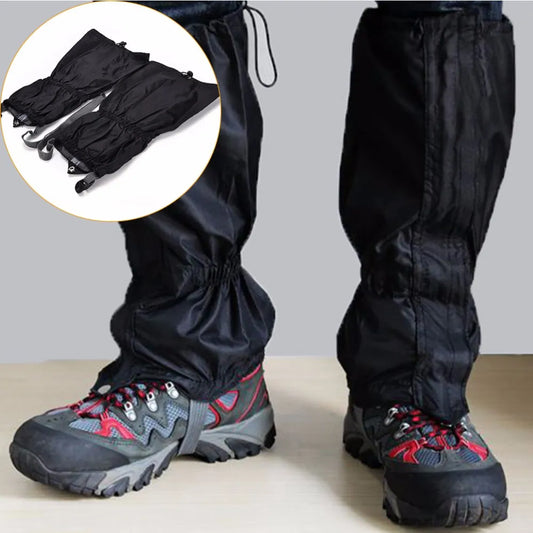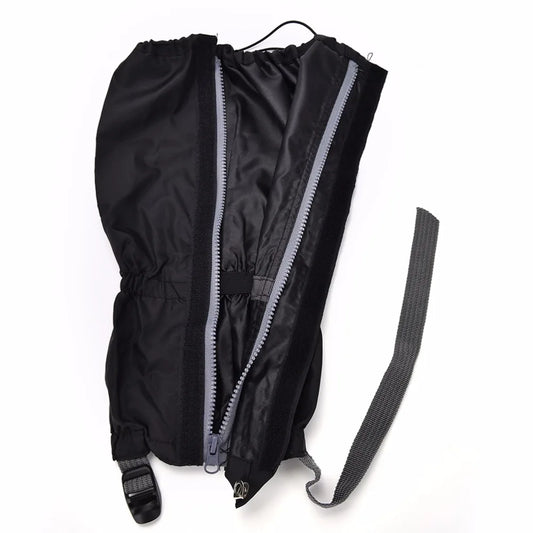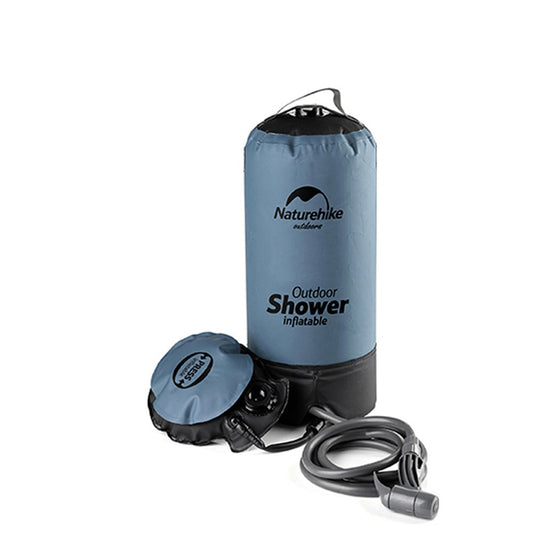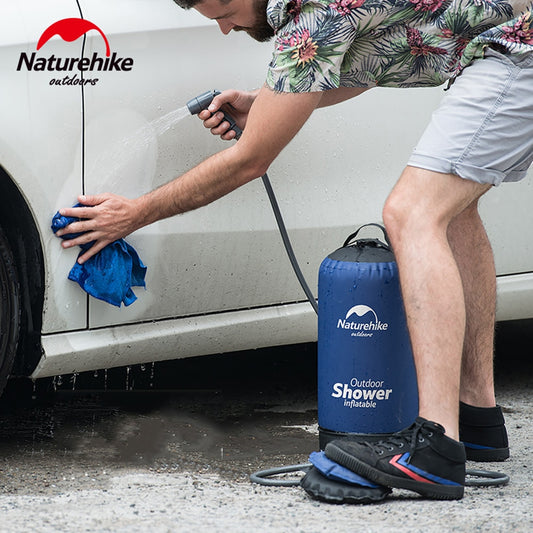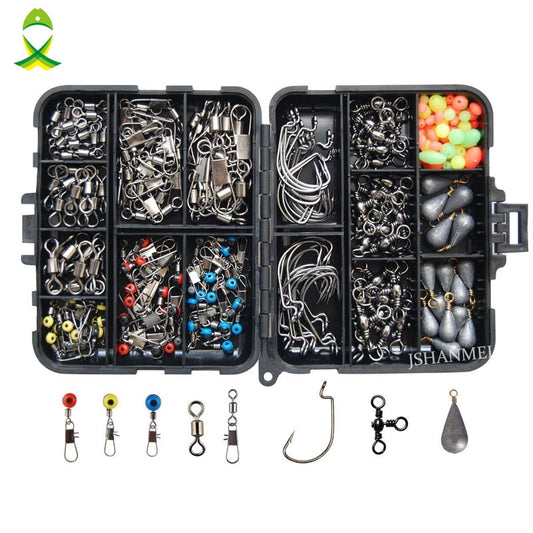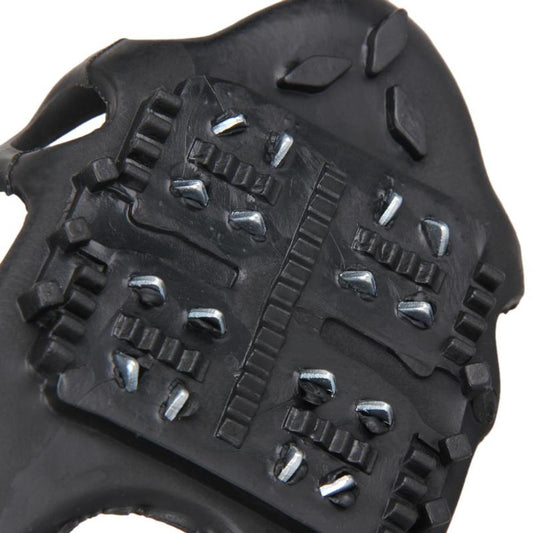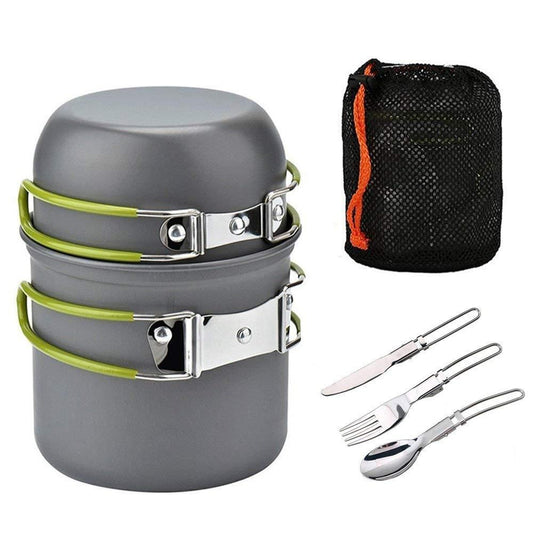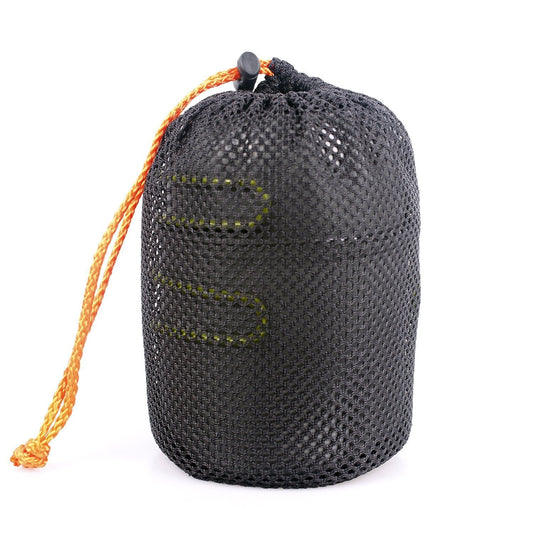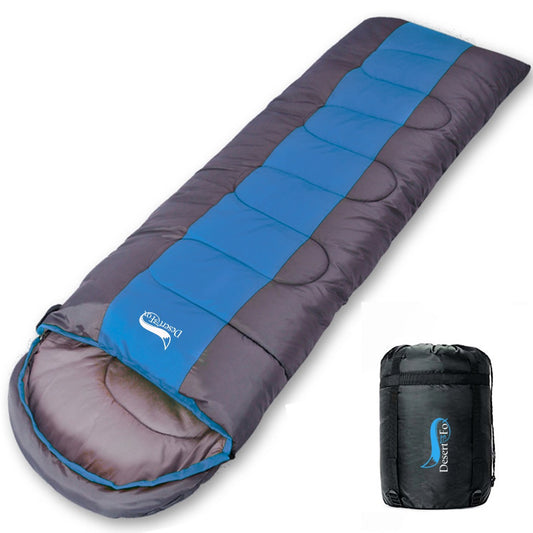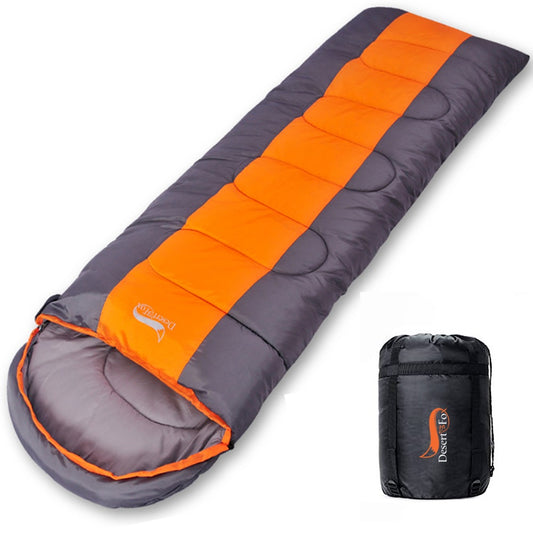
Native American Methods for Soothing Bug Stings & Bites
Share
For centuries, Native American communities turned to the plants, trees, and natural resources around them to relieve mosquito bites and other biting bugs. These remedies not only reduced the itch and swelling but also provided preventative protection long before modern repellents were invented. Many of these methods are still useful today, especially if you’re looking for natural, chemical-free relief.
Herbal Allies for Relief

|
Plantain
|
Here’s how Native American tribes traditionally prepared and used plantain for mosquito bites:
1. Chewed Poultice (Spit Poultice)
- The quickest and most common method.
- Fresh leaves were picked, lightly chewed (to release the juices), and then placed directly on the bite.
- Saliva helped activate the plant’s healing compounds which reduced pain and inflammation.
2. Crushed Leaf Poultice
- For those who didn’t want to chew it, the leaves were simply crushed or bruised between the fingers or with a stone until the juices came out.
- The mashed leaf was then applied directly to the bite and sometimes wrapped with a strip of cloth or bark to keep it in place.
3. Plantain Juice
- Some tribes ground the leaves into a paste or squeezed out the juice using a mortar and pestle.
- The juice was dabbed directly onto mosquito bites or other stings (like bees and wasps).
4. Infused Oil or Salve
- Leaves were steeped in animal fat or later in oils to make a healing salve.
- This was rubbed on mosquito-bitten skin to reduce irritation and prevent infection.
5. Plantain Tea (for Washes)
- A strong tea from the leaves was brewed and used as a wash for larger irritated areas.
- While less immediate than the poultice, it worked well if someone was covered in bites.
👉 Why it works: Plantain contains natural anti-inflammatory, antimicrobial, and astringent compounds. It draws out toxins, calms itching, and speeds skin healing, making it a go-to “first aid weed” for Native peoples across the continent.

|
Yarrow
|
Here’s how they prepared and used it for bites:
1. Fresh Leaf Poultice
- Fresh yarrow leaves were chewed or crushed until juicy.
- The paste was applied directly onto mosquito bites to relieve itching, swelling, and irritation.
- Sometimes the poultice was secured with a strip of plant fiber or cloth.
2. Yarrow Juice or Sap
- Tribes would grind or pound the plant to squeeze out the juice.
- The juice was applied topically to insect bites or rashes.
3. Infused Wash or Tea
- A tea made from the leaves or flowers could be cooled and used as a skin wash.
- This was especially useful if someone had many mosquito bites at once.
- The wash not only calmed itching but also disinfected the skin and helped prevent infection from scratching.
4. Smoke or Fumigation
- In some traditions, dried yarrow was burned and the smoke waved over the skin.
- This was believed to help repel insects and soothe existing bites.
👉 Why it works: Yarrow contains azulene, chamazulene, and flavonoids, which give it anti-inflammatory and antihistamine-like effects. Its astringency also helps tighten skin tissue, reducing irritation and swelling from bites.

|
Sage
|
For mosquito bites, tribes traditionally prepared sage in a few ways:
1. Crushed Leaf Poultice
- Fresh sage leaves were picked, crushed, and applied directly to mosquito bites.
- The oils in sage helped reduce itching, swelling, and irritation, while also disinfecting the bite.
2. Chewed Poultice
- Similar to plantain, sage leaves were sometimes chewed first to release the medicinal oils.
- The moistened pulp was then placed on bites or stings to draw out toxins and speed healing.
3. Herbal Wash or Tea
- A strong tea was brewed from sage leaves.
- Once cooled, it was dabbed or washed over areas with multiple mosquito bites.
- This provided relief over larger patches of skin and acted as a mild antiseptic wash.
4. Sage Smoke (Repellent Use)
- Burning dried sage leaves created aromatic smoke that repelled mosquitoes and other biting insects.
- This was often done around camps or sleeping areas to prevent bites in the first place.
👉 Why it works: Sage contains volatile oils like thujone, cineole, and camphor, which have anti-inflammatory, antimicrobial, and insect-repelling properties. The plant both soothed existing mosquito bites and helped keep more mosquitoes away.

|
Witch Hazel
|
Here’s how Native Americans prepared and used it for bites:
1. Bark or Twig Decoction (Wash)
- The bark and twigs were boiled into a strong decoction (tea).
- Once cooled, the liquid was applied directly to mosquito bites.
- It reduced swelling, itching, and irritation because of its natural astringent properties.
2. Poultice from Bark or Leaves
- Crushed fresh leaves or softened inner bark were made into a poultice.
- This was applied directly to bites or skin irritations.
- It drew out heat and helped prevent infection.
3. Soothing Compress
- A cloth or fiber was soaked in witch hazel decoction and placed on the affected skin.
- This was especially useful for multiple mosquito bites or large irritated patches.
👉 Why it works: Witch hazel contains tannins and flavonoids, which are natural astringents. They tighten the skin, reduce inflammation, calm itching, and help prevent infection — making it one of the most effective Native remedies for bites.

|
Sweetgrass
|
Here’s how Sweetgrass was traditionally used in this context:
1. Mosquito Repellent (Smoke & Braid Use)
- Sweetgrass was dried, braided, and then slowly burned to produce a sweet, vanilla-like smoke.
- The smoke was believed to repel mosquitoes and other insects, keeping them away from camps and sleeping areas.
- Braids were also sometimes hung inside lodges to deter insects.
2. Infusion for Washes
- A tea was made from fresh or dried sweetgrass leaves.
- Once cooled, it could be used as a skin wash after mosquito bites to help calm irritation and reduce swelling.
- Some tribes would also bathe in a diluted infusion to soothe skin after many bites.
3. Poultice (Less Common)
- Crushed sweetgrass leaves were occasionally applied directly to insect bites.
- While not as strong as plantain or yarrow, the poultice had a soothing and aromatic effect.
👉 Why it works: Sweetgrass contains coumarin, which gives it that sweet scent. This compound has mild insect-repelling and anti-inflammatory properties, helping both to prevent bites and to soothe them if they happened.

|
Goldenrod
|
Here’s how it was prepared and used:
1. Poultice of Fresh Leaves or Flowers
- Fresh goldenrod leaves or flowers were crushed and applied directly to mosquito bites.
- The poultice helped reduce itching, swelling, and redness.
2. Infused Wash or Tea
- The plant (leaves and flowers) was steeped in hot water to make a strong tea.
- Once cooled, this infusion was dabbed on bites or used as a wash for larger areas of irritation.
3. Powdered Herb
- Dried goldenrod leaves or flowers were ground into a powder.
- Mixed with a little water, the paste was applied to bites for soothing relief.
4. Smoke for Repellent Use
- In some traditions, dried goldenrod was burned, and the smoke helped repel insects.
- This wasn’t as common as sweetgrass or sage, but it added to its versatility.
👉 Why it works: Goldenrod contains saponins, flavonoids, and tannins, giving it anti-inflammatory, antimicrobial, and astringent properties. It not only eased itching but also helped disinfect and dry out bites, preventing infection from scratching.
Trees and Natural Resources

|
Cedar
|
Here’s how Cedar was used:
1. Smoke as a Mosquito Repellent
- Cedar branches or bark were placed on a fire to produce thick, aromatic smoke.
- The smoke was believed to drive away mosquitoes and other biting insects, protecting camps and lodges.
- Cedar boughs were sometimes laid around sleeping areas as a natural barrier.
2. Poultice from Fresh Needles or Bark
- Crushed cedar needles or inner bark were applied directly to insect bites.
- This helped reduce itching and swelling, and also prevented infection.
- Sometimes combined with fat or oil to make the poultice stick better.
3. Infusion or Wash
- A tea made from cedar leaves or bark was cooled and used as a wash for irritated skin.
- This worked well when someone had multiple bites or rashes.
4. Essential Oils (Traditional Resin Use)
- Cedar resin was occasionally applied in very small amounts to bites and stings.
- It acted as a protective layer and had mild antiseptic properties.
👉 Why it works: Cedar contains volatile oils with antimicrobial, insect-repelling, and anti-inflammatory properties. This made it both a preventative and treatment for mosquito bites in Native traditions.

|
Willow
|
Here’s how willow was used for bites:
1. Poultice from Fresh Bark or Leaves
- The inner bark or fresh willow leaves were chewed or crushed until moist.
- This poultice was applied directly to mosquito bites to reduce pain, itching, and swelling.
2. Infusion or Wash
- Willow bark or leaves were steeped into a tea, cooled, and used as a skin wash.
- It worked well when someone had multiple bites or general skin irritation.
3. Soothing Compress
- A cloth soaked in willow bark tea was applied as a compress over mosquito-bitten skin.
- This helped both with inflammation and preventing infection.
👉 Why it works: Willow contains salicin, which converts into salicylic acid (a natural pain reliever and anti-inflammatory). This made it effective for calming the pain and irritation of bites, while its tannins added an astringent effect that reduced swelling.

|
Clay and Mud
|
Here’s how clay and mud were used:
1. Mud Poultice
- Cool, clean mud was gathered (often from a riverbank or clay-rich soil).
- It was applied directly onto mosquito bites or stings as a thick coating.
- As it dried, it drew out toxins, reduced swelling, and cooled the skin.
2. Clay Packs (Special Sites)
- Some tribes collected specific clays (such as bentonite-like clay deposits) known for healing.
- The clay was moistened and spread over the bite, sometimes covered with leaves or bark to hold it in place.
- These were more potent than ordinary mud and were also used on snake bites or serious stings.
3. Clay Mixed with Herbs
- In some traditions, clay was combined with crushed healing plants (like plantain, sage, or yarrow).
- This strengthened the poultice, providing both the drawing power of the clay and the medicinal effects of the herbs.
👉 Why it works: Clay and mud naturally have a drawing action — they pull out toxins, venom, and irritants as they dry. They also cool inflamed skin, which relieves pain and itching from mosquito bites. Certain clays are also antimicrobial, helping prevent infection from scratching.
Preventative Wisdom
Many tribes worked to prevent mosquito bites altogether. Burning cedar, sage, or sweetgrass produced smoke that naturally repelled mosquitoes. Rubbing aromatic plants like mint, cedar, or sage directly on the skin added another layer of protection.
Modern research supports what Native healers already knew—plants like plantain, witch hazel, and yarrow contain compounds that soothe irritation, reduce inflammation, and promote healing. These remedies remain a natural and sustainable way to care for your skin during mosquito season.
🌿 Why Plantain is Popular
Plantain is still one of the easiest and most effective remedies you can use. It grows wild in nearly every backyard, hiking trail, and open space in the U.S. A simple crushed leaf works almost instantly on mosquito bites, bee stings, and even minor cuts.
⭐ Top Pick
If you’re stocking your emergency kit or camping gear, dried plantain leaves or witch hazel extract are must-haves. Both are affordable, lightweight, and long-lasting—perfect for natural first aid when you’re outdoors.
💲 Most natural plantain salves or witch hazel extracts cost between $5–$12, making them budget-friendly staples.
Presented by Coach Trina at Dragoyle.com



